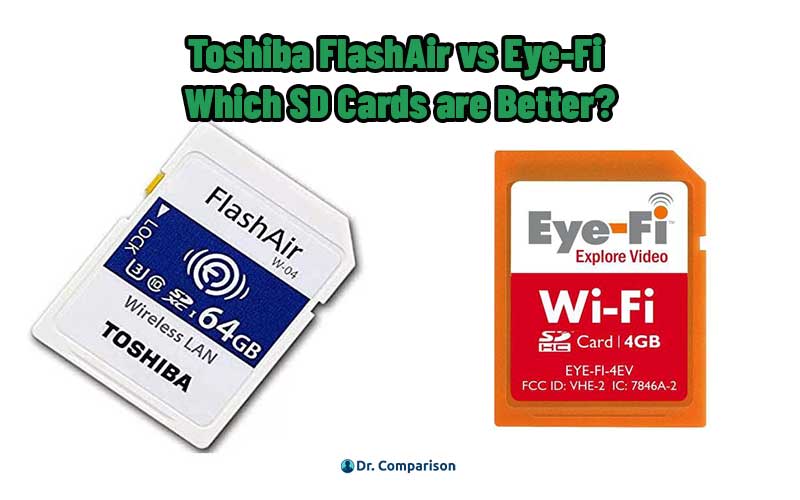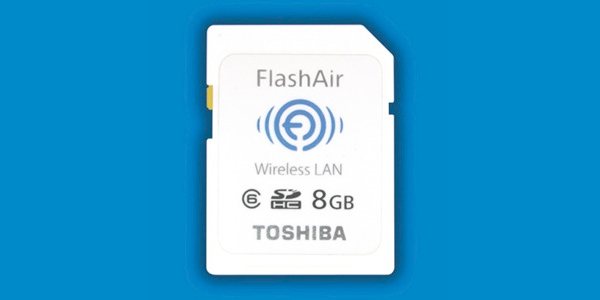
Eye fi vs flashair mac#
I could transfer my photos to my phone and it would work on a Mac as well as Windows PC. I got this card because it seemed like the best overall solution. You get your membership card and a handy card reader for the price you pay

(good at what it does, but does it try and do too much?) So I decided to buy the next one on my list… So, the ezShare wasn’t good enough for me because I didn’t want to damage my card slot also, I actually want to be able to transfer to MAC and not just PC. You can’t use Data WiFi or Mobile Data when connected to the card Made to poor tolerances (MAJOR flaw for me) Card is a bit too big and the slot for the micro-SD card is a tad too small for some card slots.
Eye fi vs flashair Pc#
Transfers well to PC once it’s set up properlyĪllows you to view card content and selectively transfer photos to your phoneĭoesn’t auto connect (if your camera turns off you have to manually connect to the WiFi hotspot again).

Useful for using up any spare micro SD cards Cheap card with poor tolerances, that was enough for me to put it in a little box and forget about it. It’s not wrong by a lot, but it would jam in my X-Pro2 and would potentially damage the card slot. The actual physical shape of the card is just… wrong. HOWEVER… and I can’t “however” hard enough. It worked with a bit of playing about… however…
Eye fi vs flashair software#
I managed to get over the crappy looking software (looks like it’s a student project or beta release open source that someone played with) and I liked how it would allow me to view the card and pick what I wanted to transfer. It transferred reliably once set up (so long as you didn’t turn off your camera). It was a bit difficult to set up, but I did get it to work after a bit.

I ALMOST used this card despite it’s flaws. The EZshare card is a Chinese brand card that takes micro-SD, they also make a “normal” SD card version.

These features include toggling the FlashAir's wireless connectivity on or off, or preventing the camera from shutting down in the middle of a wireless data transfer.Mine is the cheapest micro-SD card adapter For one, users of its current FlashAir cards will already be able to use Eyefi's apps for Android, iOS, and Windows to transfer their photos and videos to Eyefi's cloud services.īut more importantly, future FlashAir cards will gain "Eyefi Connected" compatibility., which would give it access to features offered by cameras that support Eyefi's technology. The licensing deal between Toshiba and Eyefi means that users of one product will no longer be constrained to using the brand's products or services.įor Toshiba, this means quite a lot of things. Then again, with a niche market like wireless connected SD cards, it pays to consolidate your strengths and make friends. It's really nice when competing products start to cooperate like these. But thanks to a licensing deal between the two, cards from one company will soon be able to work with apps and services of the other, creating one big happy Wi-Fi SD card family. And there are, in fact, two competing, ergo incompatible, brands: Eyefi and Toshiba's FlashAir. These are the so-called Wi-Fi SD cards, enabling wireless transfer from SD card to some other wirelessly connected device. While these pieces of plastic are more known for providing extra storage for digital cameras and laptops, some cards offer more.


 0 kommentar(er)
0 kommentar(er)
